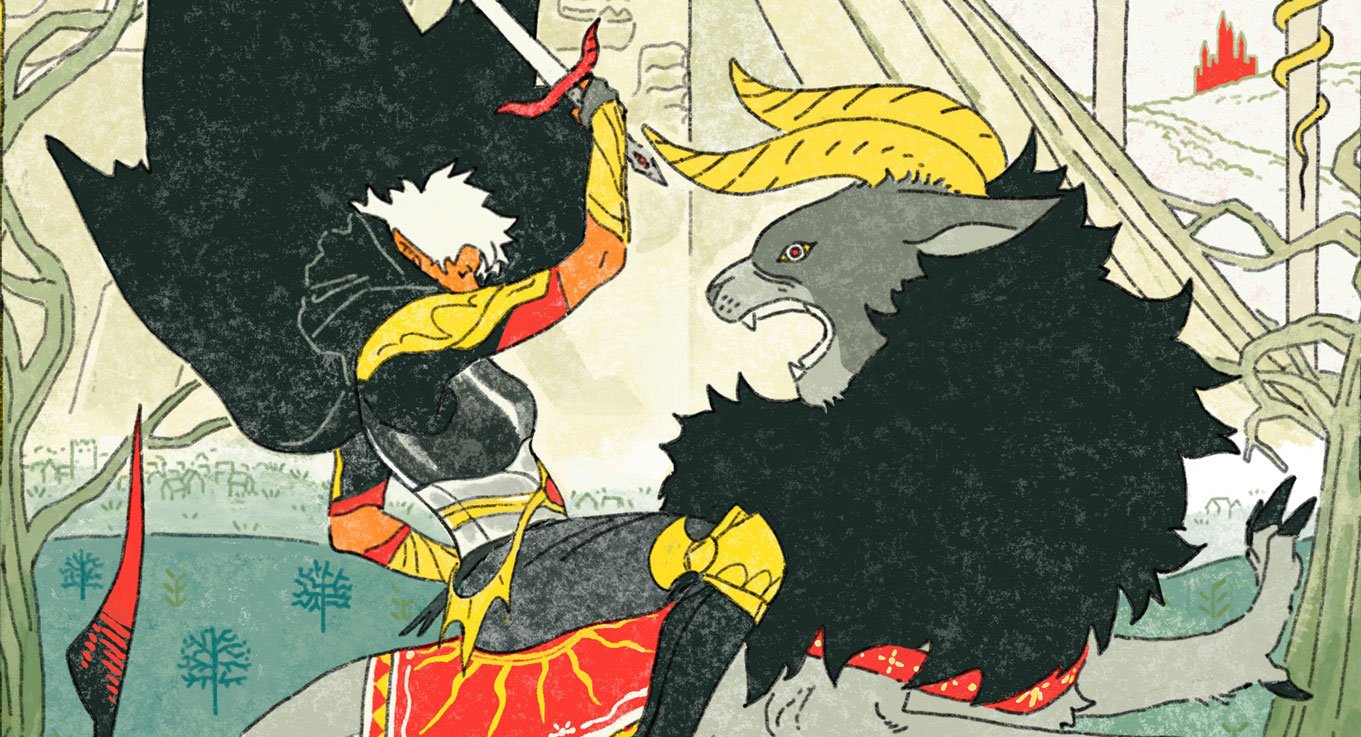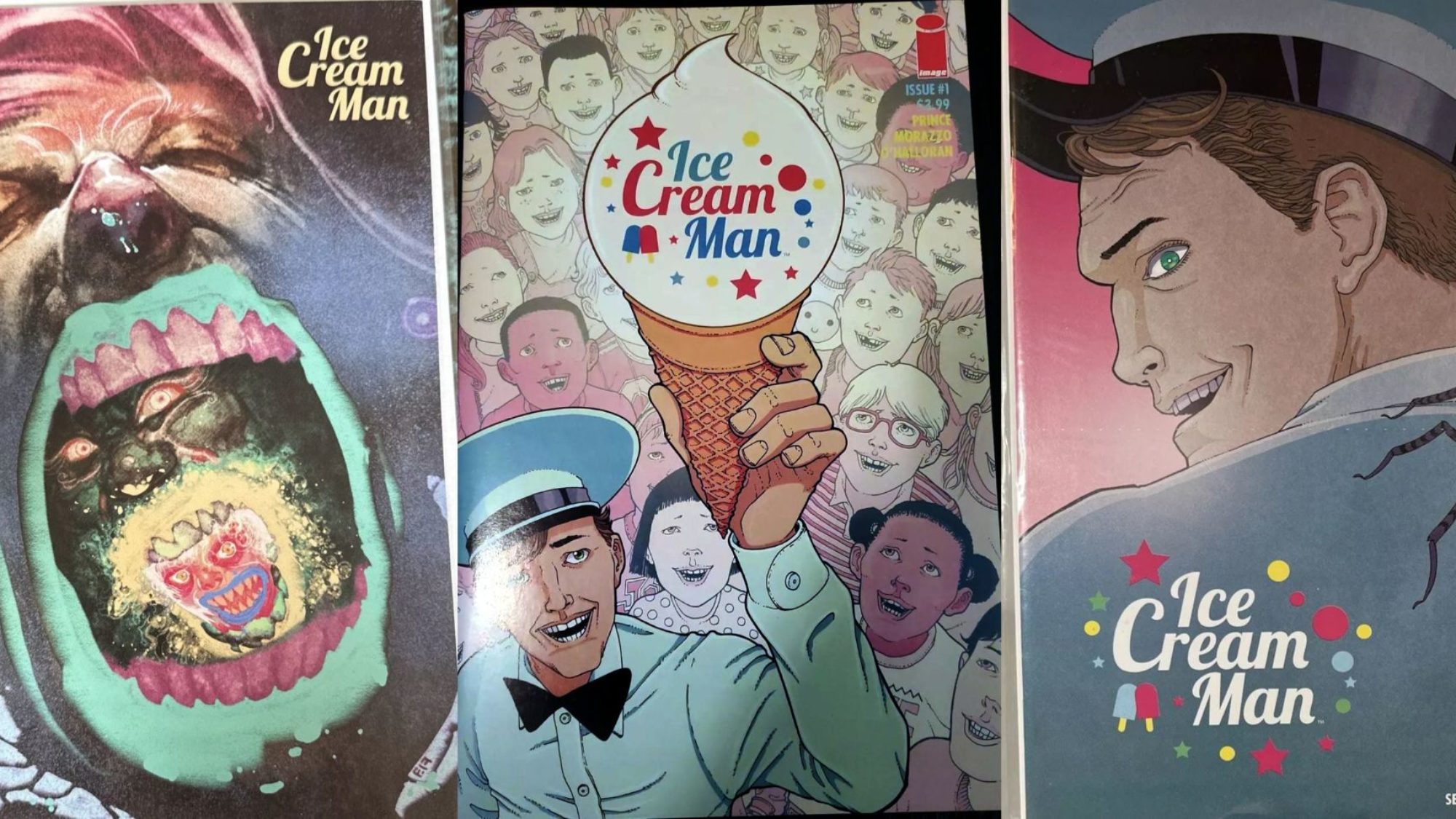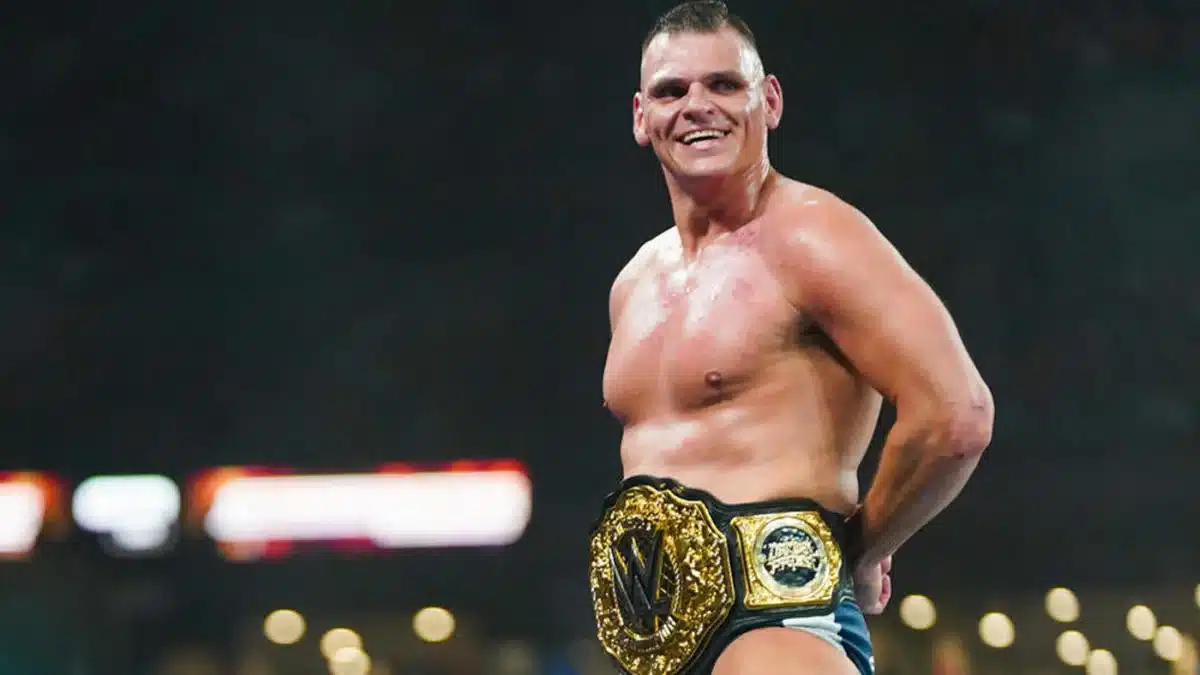The filmmakers of CRISIS ON INFINITE EARTHS pay tribute to the legacy of DC Comics animation

Justice League: Crisis on Infinite Earths – Part Three, the epic conclusion to the animated adaptation of the seminal limited series from writer Marv Wolfman artist George Pérez debuted last week on digital. With a new era for DC Studios on the horizon, this Crisis on Infinite Earths animated movie seems a fitting tribute to the history of DC Comics in animated both the small and big screen.
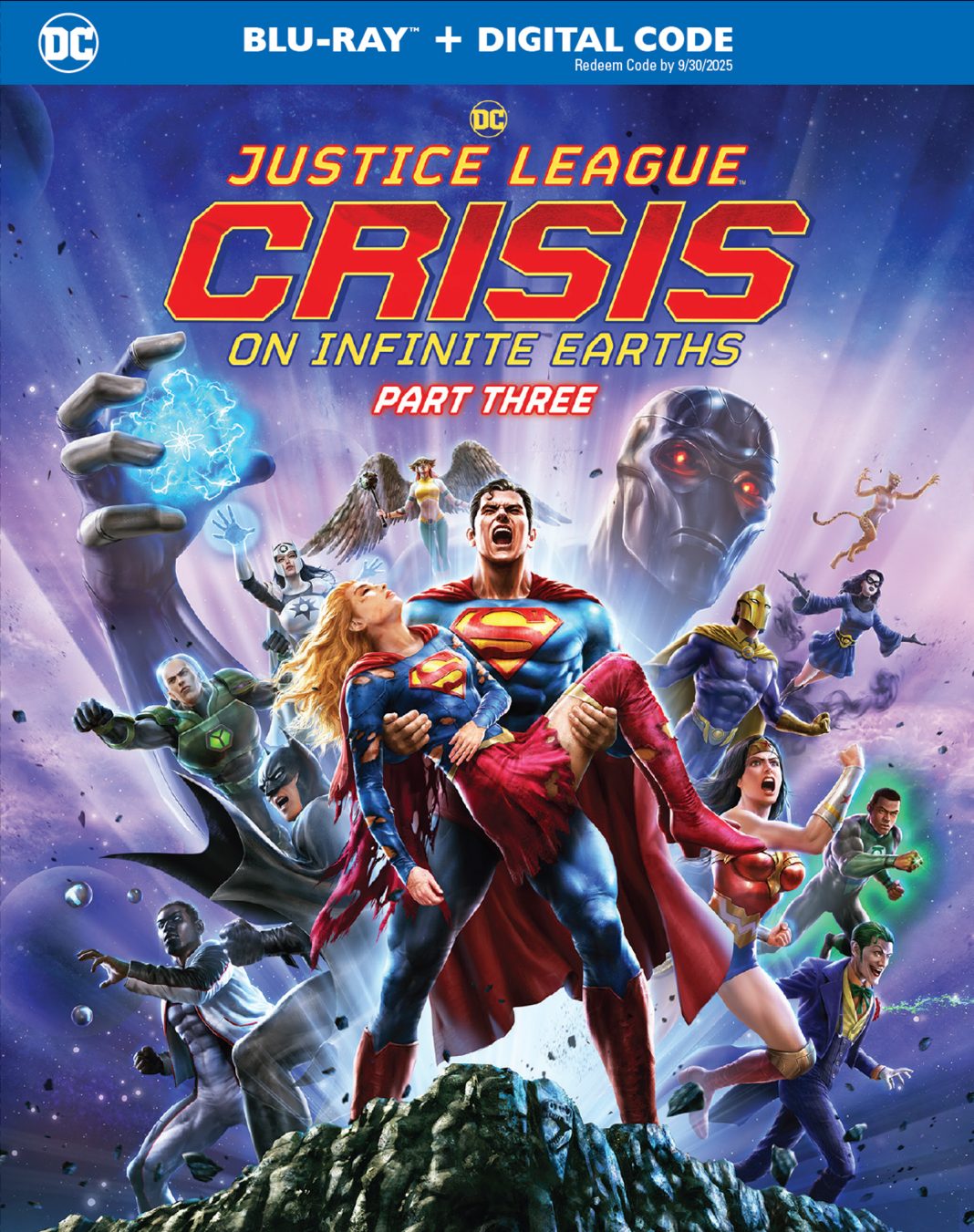 Last week, The Beat had the pleasure to chat with some of the cast and crew of Justice League: Crisis on Infinite Earths Part 3 including producer Butch Lukic, producer and screenwriter Jim Krieg, as well as voice actors Meg Donnelly (Supergirl) and Elysia Rotaru (Black Canary I and II).
Last week, The Beat had the pleasure to chat with some of the cast and crew of Justice League: Crisis on Infinite Earths Part 3 including producer Butch Lukic, producer and screenwriter Jim Krieg, as well as voice actors Meg Donnelly (Supergirl) and Elysia Rotaru (Black Canary I and II).
This interview has been edited for clarity and length.
Taimur: Without a doubt, I have to ask about the scene that everybody has been talking about, namely Kevin Conroy and Mark Hamill reprising their iconic roles as Batman and Joker one last time. I’m going to guess when you recorded it, nobody knew it would be Kevin Conroy’s last time as Batman. Obviously, that scene has a lot more weight now than when you wrote it, but I’m curious how many iterations you went through before you landed on the final version?
Jim Krieg: First of all, thank you for appreciating the fact that we did not know that this was the last Batman scene for Kevin. It certainly had weight and gravitas in that it might be the last time he does it in this BTAS [Batman: The Animated Series] universe because it’s so clearly an homage to that specific Batman and not any of the other versions Kevin did even in Justice League Action. It’s very specifically BTAS. It felt like a moment to say goodbye. It’s interesting you thought to ask how many versions of the scene were done. I think at least seven. I looked at my first version. This is true of me, but I think most writers, we think whatever we wrote is great. Butch said, “This is too long. We’ve got to do it short and sweet. We don’t have the time and resources to do this big thing.” I reread what I had originally, and Butch was right. It was a big JLU thing and there were a lot of heartfelt goodbyes. It was really beating a dead horse. This was so much cleaner just to have Mark and Kevin exchange the correct attitude of those characters one final time. I’m grateful that’s how it came out and sad that Kevin is gone.
Dar: The original Crisis on Infinite Earths comic series featured some stunning artwork form the legendary George Pérez. It’s interesting to see for the film how you went in new directions with the designs of certain characters like Harbinger and the Anti-Monitor. Could you discuss the creative decisions that went into adapting the designs for animation?
Butch Lukic: From the ‘80s when George’s work was done, I felt it fit back then. Harbinger I thought was still a really good design but we needed to disguise the fact in our version that that was really Supergirl. That’s why I went with her having a Silver Surfer style look. With the Anti-Monitor, I felt more of a cold cyborg ominous look as opposed to the big metallic muscled character with steel plating. I could’ve done something closer towards that George Pérez design but at the time I was feeling it should be more like the Monolith in 2001: A Space Odyssey. I felt it needed be a god-like image.
Dar: On the subject of Harbinger, though there’s some digital vocal effect the performance for Harbinger is noticeably very different than Supergirl. Can you discuss how you played Harbinger differently than Supergirl?
Meg Donnelly: Butch and [voice director] Wes Gleason described [Harbinger] as a robotic, darker version almost like the voice a version of an evil Supergirl. But it’s not. The essence of the voice is dark and mature and older. That was fun to do because I feel like I’ve played so many versions of her from teenage Kara on Krypton and then coming to Earth and not feeling accepted. And now playing this deep version of Supergirl who gets more jaded. It’s been a crazy process through the voice acting. Doing that different version where it was deeper and more mature was cool. I wonder if this is what I’m gong to sound like when I’m older? Probably not!
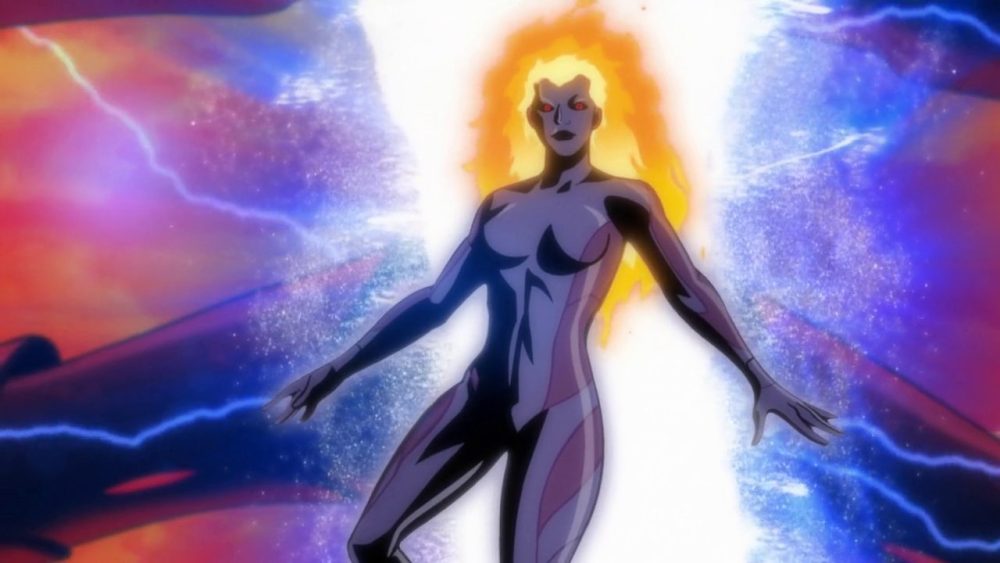 Dar: Elysia definitely had her work cut in this Crisis on Infinite Earths animated movie voicing not only Black Canary but also her daughter. I would love to hear your experience and if it pushed you as a voice actor?
Dar: Elysia definitely had her work cut in this Crisis on Infinite Earths animated movie voicing not only Black Canary but also her daughter. I would love to hear your experience and if it pushed you as a voice actor?
Elysia Rotaru: It was not too farfetched for me to tap into both of those characters. I was under the beautiful guidance of Wes Gleason again. We wanted to give older Black Canary a little more texture. Playing a mom saying goodbye to her kid, I hate to say it, was pretty easy because I do have a kid now. Tapping into that to harness that energy was simple but also sad. But we did it! [Laughs].
Dar: A lot of other DC animated projects come into play such as the most recent DC Showcase animated shorts. What went into incorporating so many different animated universes?
Lukic: We could never do it standalone. For one, we didn’t have the budget. The intention was when I got involved, they wanted me to do Crisis. But I needed more money. For the last ten years they’ve been given the same budget as James Tucker’s movies. I had to explain there was no way I could budget on the same they were given 8-9 years ago. They agreed. I was surprised there that they went with it. We did get the budget upgraded form the original home video budget. It still needed us to do a lot of assets from those earlier films so we could reuse them later for the Crisis films. It was going to be overwhelming as far as the amount of designs we had to do for Crisis alone. The other movies helped us pre—design a lot of stuff in those films so we could reuse them for Crisis.
Dar: As I mentioned, this Crisis on Infinite Earths animated movie features tons more cameos and easter eggs that will be appreciated by longtime DC animated fans. Anything you wish you could’ve included but just couldn’t fit in?
Krieg: If it was done as a series, I would’ve wanted to the Filmation version of the characters and YJ [Young Justice] and Justice League Action. Heck, I would’ve put in Beware the Batman but it would’ve been really jarring to suddenly cut to 3D CG version of these characters. Same with Hal in Green Lantern: The Animated Series, which of course is close to my heart. Just so fans know, because they think I hate Hal, I love Hal. There was just no room for Hal. I didn’t want to bring Hal back unless he was going to do something incredibly badass. That would step on John Stewart a lot. And also we had Warlord and Adam Strange showing up. So many things were happening simultaneously that under a certain point the thing would collapse under its own weight. Hopefully it didn’t. I would’ve wanted to spend time with every single character I’ve ever seen or written.
Dar: Meg, after voicing Supergirl in the Legion of Super-Heroes animated film, you were actually in running to play Supergirl in the upcoming live-action film. Though you didn’t get the part, just to be considered must be a huge deal. Have to ask if you ever imagine playing Supergirl in live-action would ever be in the cards for you?
Donnelly: Supergirl has always been a huge character in my life in general. I’ve always loved her so much. Being able to play her as animated character has been so incredible. When there were talks in the DCU that was possibly going to be a live-action version of Supergirl, I fought for an audition. I really wanted to have the opportunity to audition. The fact that I got to is already surreal. The fact that they liked my audition and do a screen test and stunts was the most positive and incredible experience. That alone I’m so grateful for. James Gunn and everyone in the team are the nicest down to earth people I’ve ever met. It was a great experience and I’m really excited to see what they do.
Dar: The current generation of people entering the voiceover industry are doing so with that explicit goal whereas previously it seemed like they weren’t looking to get into voiceover but rather voiceover found them. Elysia, Was that the case for you?
Rotaru: Yes. It found me. I didn’t even think about it as a full-on career and now I support my family doing it primarily which is mind-blowing. Voiceover work has helped me transcend orders physically. I’m now a permanent resident of the United States. I’m Canadian and my voice has been heard globally. It all happened when I met a casting director in Vancouver, Alistair Abell, and he started my career for me. Then I got my U.S. representation. I started off in front of the camera thinking that was what was going to cross borders for me but it was actually voiceover. I’m so forever grateful to it and that I can do different sides of the industry. It’s kind of wild.
Dar: There’s that famous philosophical question of whether or not you kill Hitler as a baby. In Justice League: Crisis on Infinite Earths, you pose a similar question with a character I didn’t expect.
Krieg: It’s the same question!
Dar: I believe in the comics a few years back, they introduced the concept of a baby Darkseid.
Krieg: Was there? Thanks for telling me!
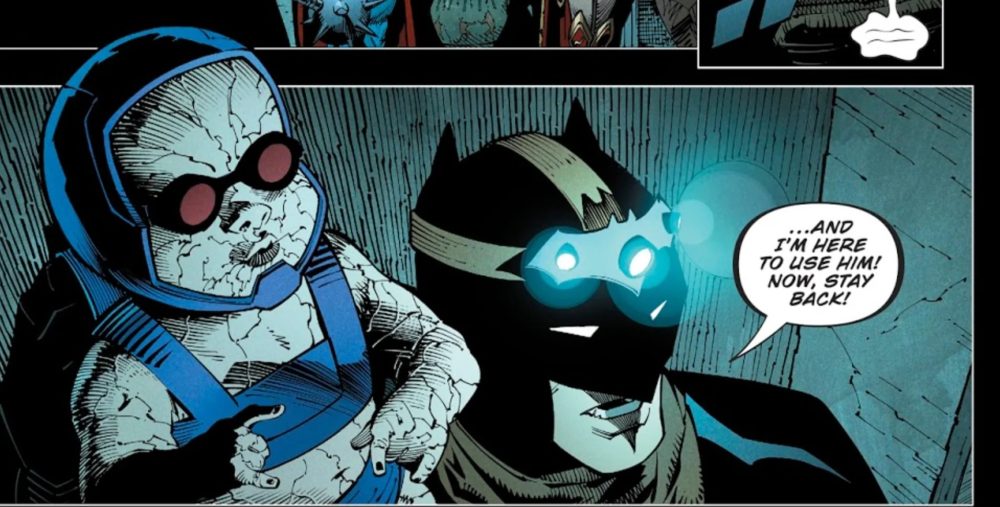 Dar: In any event, I have to know the inspiration for including baby Darkseid?
Dar: In any event, I have to know the inspiration for including baby Darkseid?
Krieg: It popped into my head of those moral questions that we always deal with in these superhero stories of what’s right and what’s wrong and what’s a good decision. “Would you kill Hitler as a baby?,” is the grand daddy cliché of them all I’ve never seen played out. There’s a version of it in Doctor Who “Genesis of the Daleks” where Tom Baker’s Fourth Doctor has to decide whether to destroy the Daleks when they’re in their infancy. This was a much closer to parallel to that Hitler because he’s literally a baby and kind of adorable. We went through a lot of iterations of that too. Originally Constantine puts a curse on Barry and he kills the baby and he can’t control himself. Butch just said, “No.” We wouldn’t have seen it. It would’ve been implied offscreen. But it’s still horrifying. We kicked it around a little and came up with that Rappaccini’s Daughter idea that essentially was what Constantine did was make him living poison. Everyone was going to die in that place including baby Darkseid and it shattered the universe. You can’t use evil to destroy evil. That basically created a multiverse that was unsustainable and had to shrink back down.
Dar: As a comic book fan, I’m the first to admit that comics can be incredibly confusing. Whether for this Crisis on Infinite Earths animated film or your Supergirl audition, was reading the comics part of your process?
Donnelly: Yes. I read Supergirl: Woman of Tomorrow a zillion times. I loved it so much. Just the illustrations of the comic were so beautiful. It was so mesmerizing to look at. For Crisis, that photo of Superman holding Supergirl is one of the most iconic things. I’ve seen it in comic stores growing up and posters. It’s something I’ve always seen. It’s been so cool working with Butch and [voice director] Wes [Gleason] who are in charge of my recording for Supergirl. They are so knowledgeable of the DC Universe and characters and specifically Crisis. They talk me through all of it and showed me the comic and explained how important that comic has been to DC history. Being able to learn that from them and learn more about Supergirl was so cool. I definitely read the comics in preparation.
Dar: As Meg mentioned, that image of Superman holding a dying Supergirl is one of the most iconic images in the history of comics. Naturally, you had to feature that image in the Crisis on Infinite Earths animated film. How did you go about translating that image from the comics medium to animation?
Lukic: We knew from the start that we needed to get that image and to get Supergirl to that point where was dying and get the emotion of Superman taking her to the arena where all the other superheroes are. I wanted that [moment] where he cries out to be like Christopher Reeve in the first Superman film. That’s the way we approached it to get that feel and tone that any one of us got when we first saw that Superman film when he thinks Lois Lane has died. That was the intention.
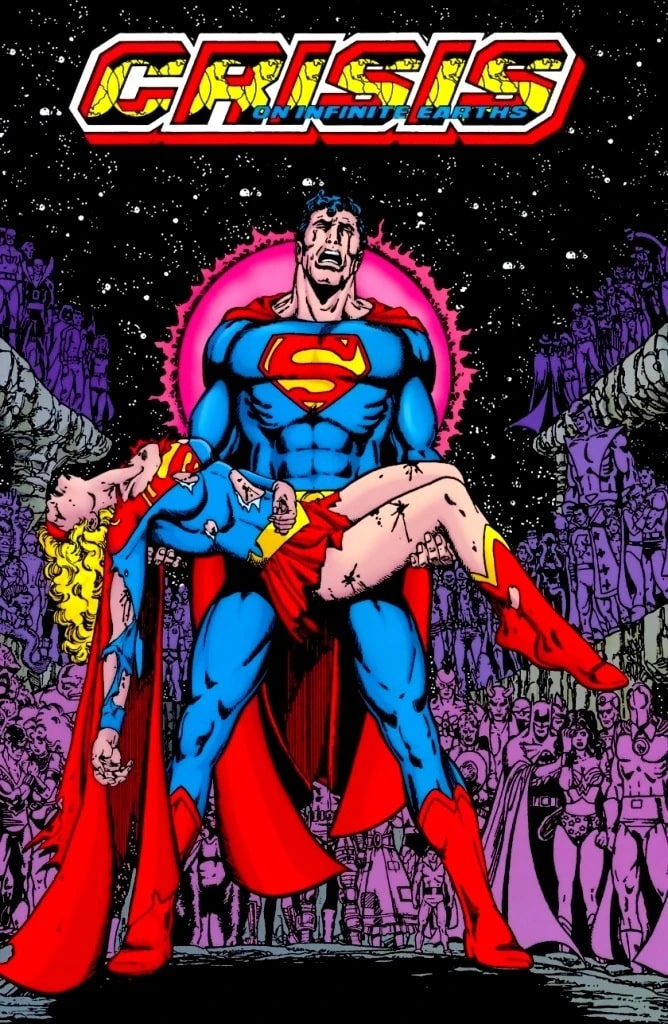 Dar: Was researching comics part of your process, Elysia?
Dar: Was researching comics part of your process, Elysia?
Rotaru: Comics do a lot for me in terms of the aesthetics and diving into the world. I know the imagery might change but I like to see what the other characters might be doing in the script I’m reading. The comics are a great place to start to learn more about the etymology of your character and their superpowers. That’s why I like them. I try not to stick with them in terms of the storyline.
Dar: I loved the sitcom American Housewife where Diedrich Bader played your dad.
Donnelly: Batman!
Dar: [Laughs]. As incredibly funny as Diedrich Bader is, I’ve admired his ability for dramatic work. These Crisis on Infinite Earths animated movies definitely pushed you as a performer. Does drama come as easily to you as comedy?
Donnelly: I feel like comedy definitely comes easier especially because I love watching comedies. I grew up as a huge theater kid and I was over-the-top and obnoxious. [Laughs]. Comedy comes easier but I love doing dramatic roles too because I think it’s really special when you can relate to something and it’s realistic to the emotions we go through in life. Supergirl goes through so much and it’s dark at times. I also got a lot of advice from Diedrich. When I started out doing Supergirl, I was asking him so many things about animation. He’s just another father figure to me. We’re very close. I was very nervous and he was giving me tips to fully committing. He’s really good at that. I’m so happy that you brought him up!
Dar: Voice director Wes Gleason has come up a few times during our conversation. Elysia, I know he’s someone you’ve wanted to work with since you got in the voiceover industry. Could you share experience having him as a voice director?
Rotaru: I actually met Wes directly outside of the voice booth at my friend Eric Bauza’s kid’s birthday party many moons ago. I’ve always heard of him and couldn’t wait to work with him. Lo and behold, I meet him at this party. He’s such an amazing man. Then this opportunity came across my way and when I saw his name attached it was like a godsend. This was such a huge iconic character and I wanted to make sure it was done right and well. Working with him was also one of the first time I felt so supported and comfortable having a good time and doing my work as voice actor. He just guides you so beautifully. I can’t explain it. He just has something wonderful about him.
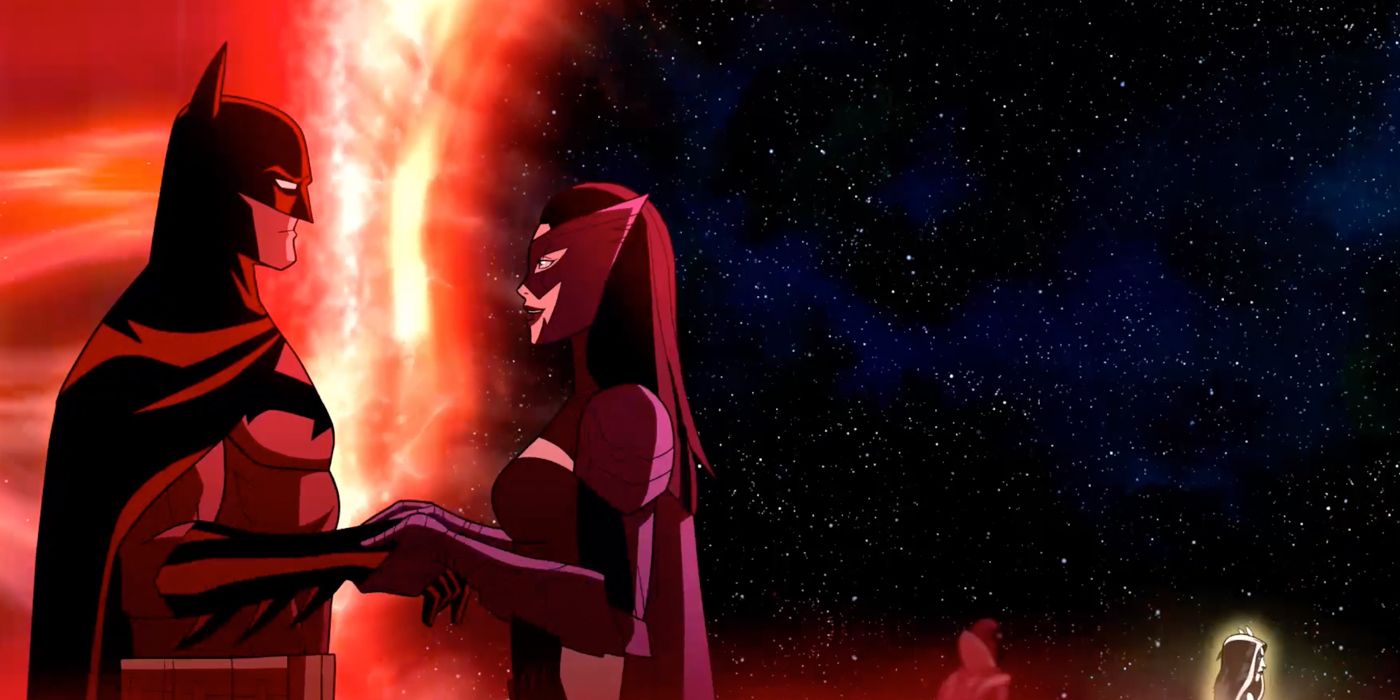 Dar: Finally, with this Crisis on Infinite Earths animated film, there’s a sense of finality but also some ambiguity. Could you elucidate deeper meaning of the film’s ending and the decision to end with a young Wonder Woman?
Dar: Finally, with this Crisis on Infinite Earths animated film, there’s a sense of finality but also some ambiguity. Could you elucidate deeper meaning of the film’s ending and the decision to end with a young Wonder Woman?
Krieg: I think that ending is life goes on and there’s a certain truth to all of these characters even though there were multiple versions of all of them. There’s a truth to them that’s going to exist in this new universe. There’s a moment between Huntress, alternate Batman’s daughter, and our Earth-1’s Batman. They finally have this connection. He wants a daughter and a family. There’s an implication that they will find each other in the new world. [The idea that], “We’re going to find each other again even though it looks impossible.” There were even a few other codas where Dinah and Oliver pass each other and make eye contact. There was one with Diana where you learn that she’s mortal now and can die. She gets the wish she had for an eternity which was to be a human being. I did have Prime Batman and Prime Huntress, the Bertinelli version, meeting each other. They’re not father and daughter but they’re going to have that father/daughter relationship that he’ll be a mentor to her. That was lot of denouement and epilogue for a movie that didn’t have a bigger budget than any of the other movies.
Lukic: I think we did board of the other version of what happened to Batman Superman. Ultimately it came down to we can’t do it because it’s too much footage to animate. I’m pretty sure it was Jeff [Wamester] our director who said, “Let’s cut it right here at Wonder Woman.” Even though she was going to be the final scene after we saw the other guys. It all came down to what’s the most important. Jeff brought up Wonder Woman and the final shot of her starting over again as a little kid. The others were a bit superficial with Batman and Superman and the other characters as adults going through their day. Ultimately the only one we could really use was Wonder Woman as a girl which I think does help [explain] that this is a whole new world and everything starts over.
Justice League: Crisis on Infinite Earths – Part Three is available now on digital and on 4K UHD in limited edition steelbook packaging and Blu-ray.
Related


